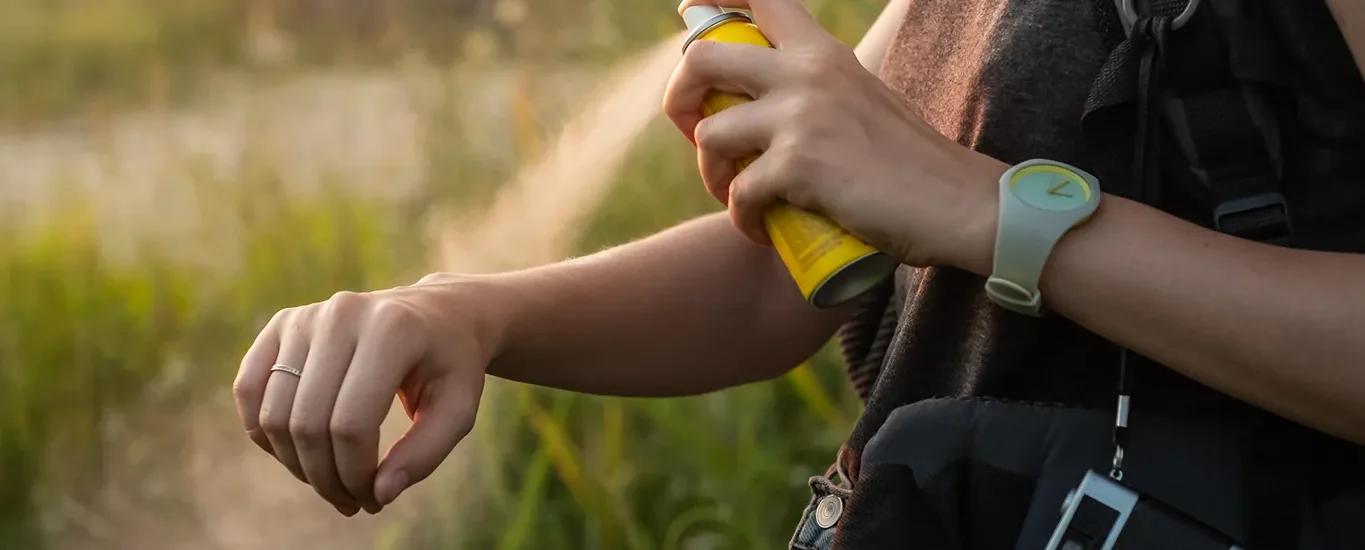The global tick repellent market is set to reach an estimated valuation of USD 913.4 million in 2024, with projections indicating a robust growth trajectory. The market is anticipated to expand at a compound annual growth rate (CAGR) of 5.8%, potentially reaching USD 1.6 billion by 2034. This growth reflects a significant increase in demand for effective tick prevention products, particularly among pet owners prioritizing their animals’ health.
A notable trend influencing this market is the shift towards natural and organic tick repellents, as pet owners seek safer alternatives for their pets. Essential oils derived from plants such as neem, lemon eucalyptus, and citronella are gaining popularity, prompting manufacturers to innovate and develop effective yet affordable solutions.
Millennial pet owners are reshaping the landscape of pet care, opting for premium products and services that enhance their pets’ well-being. This demographic is increasingly willing to invest in quality pet care items, food, and grooming services, driven by concerns over their pets’ health and the potential costs of veterinary care.
Key Takeaways
- The global tick repellent market is projected to reach USD 1.6 billion by 2034, growing at a CAGR of 5.8% from USD 913.4 million in 2024.
- Increasing demand for natural and organic tick repellents is shaping the pet care landscape.
- Millennial pet owners are driving higher spending on premium pet care products and services.
- The rising incidence of tick-borne diseases is amplifying the need for effective prevention solutions.
- The U.S. market is expected to grow at a CAGR of 5.6%, while India leads with an anticipated 8.5% CAGR.
- Innovative product development is focusing on eco-friendly and effective tick prevention methods.
Regional Insights
- The United States is expected to report a CAGR of 5.6%, with significant demand for diverse tick repellent products.
- India is emerging as a high-growth market, projected to achieve a CAGR of 8.5% due to rising pet ownership and health consciousness among pet parents.
- Australia is witnessing a CAGR of 7.6%, fueled by the increasing prevalence of tick-related diseases.
Competitive Landscape
The tick repellent market presents lucrative opportunities for pet care developers, driven by government initiatives and private investments in R&D. Established companies are expanding their consumer base through mergers, collaborations, and innovative product launches. Additionally, government and NGOs are hosting healthcare events that provide affordable tick repellents and medical care for pets. Manufacturers are creating customized tick care solutions tailored to the specific needs of pets and their owners, aiming for affordability in their offerings.
Industry Updates
- In April 2024, STEM introduced the STEM Attracts and Traps Flying Insects Light Trap, a chemical insecticide-free solution that works 24/7 against house flies, fruit flies, mosquitoes, gnats, and moths, with a sleek, discreet design and 90-degree outlet base.
- In February 2024, the Health and Family Welfare Ministry of India announced the distribution of free Depa-tick repellent oil and medical treatment to Kyasanur Forest Disease (KFD) cases in India. The state has reported 4080 cases and two deaths, with 62,794 bottles distributed so far.
- In October 2023, a team of four professors from the University of Pittsburgh won USD 115 thousand to develop a product that makes humans invisible to Lyme disease-ridden ticks, aiming to improve health in Pennsylvania.
Leading Tick Repellent Brands
- Merck Animal Health (Merck & Co., Inc.)
- Zoetis Inc.
- Boehringer International GmbH
- Bayer AG
- Elanco Animal Health
- Ceva Sante Animale S.A.
- Perrigo Company plc.
- Central Garden & Pet Company
- Virbac Corporation
- The Hartz Mountain Corporation
- Ecto Development Corporation
- Eli Lilly and Company
Tap into Expertise: Discuss with Our Analyst on Email: sales@futuremarketinsights.com
Key Segments of Market Report
By Product Type:
Depending on the product type, the industry is bifurcated into chewable and spot on products. The chewable products are further segmented into fluralaner, valerian, chamomile, and others. The spot on products mainly include methoprene, fipronil, moxidectin, and others.
By Pet Type:
Based on the pet types, the industry is branched into dogs, cats, and others such as birds, horses, cattle.
By Method Type:
Depending on the method types, the sector is branched into internal and external repellents.
By Sales Channel:
The industry is serves across several sales channels, including modern trade, convenience stores, veterinary clinics, and online retail.
By Region:
Key countries of North America, Latin America, East Asia, South Asia and Pacific, Western Europe, Eastern Europe, and the Middle East and Africa are covered.
About Future Market Insights (FMI)
Future Market Insights, Inc. (ESOMAR certified, recipient of the Stevie Award, and a member of the Greater New York Chamber of Commerce) offers profound insights into the driving factors that are boosting demand in the market. FMI stands as the leading global provider of market intelligence, advisory services, consulting, and events for the Packaging, Food and Beverage, Consumer Technology, Healthcare, Industrial, and Chemicals markets. With a vast team of over 400 analysts worldwide, FMI provides global, regional, and local expertise on diverse domains and industry trends across more than 110 countries.
Contact Us:
Future Market Insights Inc.
Christiana Corporate, 200 Continental Drive,
Suite 401, Newark, Delaware – 19713, USA
T: +1-347-918-3531
For Sales Enquiries: sales@futuremarketinsights.com
Website: https://www.futuremarketinsights.com
LinkedIn| Twitter| Blogs | YouTube





